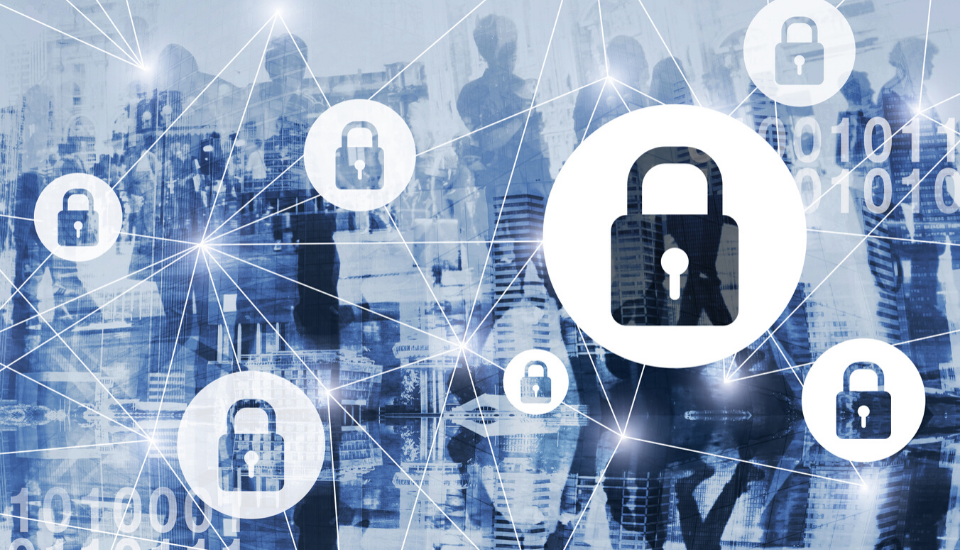Top Cybersecurity Threats for Healthcare
December 3rd, 2019
Cybersecurity threats for healthcare are only growing. It’s an attractive industry for hackers. Learn the top threats and how to combat them.

Cybersecurity threats for healthcare aren’t going anywhere. The reality is that healthcare is hit with more cyber attacks than any other industry apart from the government. And they cost real money. According to one report from Radware, that number can top $1.4 million for recovery. Those costs add up due to loss of productivity, reputation damage, and service disruption.
What can healthcare organizations due to combat this trend? There are some key threats to recognize and prepare for that can ensure you mitigate damages.
Threats to Healthcare—Both Now and in the Future
Cybersecurity threats for healthcare aren’t new. The same issues that were valid last year will still be a problem next year. The key is to manage those threats.
Cloud Security
Healthcare has lots of data. It makes sense to store it in the cloud, rather than on physical servers that sit onsite. With cloud security, the main concern will continue to be a data breach. It takes much more effort for you to protect your cloud than for a cybercriminal to target it.
What’s critical is for your organization to have a system in place that tracks and monitors traffic. You need to be proactive in your approach, rather than simply having a plan for a breach.
Unsecured Mobile Devices
Everyone’s connected all the time. While that’s great for communication and collaboration, it opens the door for a hack. If you have a BYOD (bring your own device) policy, then it needs to take into consideration what those mobile devices might be accessing. Is it patient data? Is it proprietary information? Because you can’t have that information being transferred or stored on an unsecured device.
Even if the mobile devices being used have a high layer of security, it never hurts to add more. Consider authentication capabilities so that mobile devices stay secure.

Ransomware
Hackers have shifted gears in their attack on healthcare, using ransomware attacks more often. While healthcare and other industries have been able to prevent most automated ransomware attacks, attackers now focus on targeted approaches.
Hampering future attacks requires you to understand your weaknesses, which is something a threat assessment can provide. With healthcare information having a high value on the black market and turning up there regularly, you need to optimize the visibility of traffic. This can help identify patterns that could save you from being a victim.
Exploiting IoT
The use of the Internet of Things (IoT) in healthcare has massive opportunities to improve care. However, it raises new concerns over security. It’s already been proven that wearable devices can be hacked. It’s not just the data that’s being collected but also the actual operation of the equipment.
One issue is that many IoT devices don’t support an endpoint security agent. Without this, they cannot block an attack successfully. Additionally, the volume of devices and the diversity of platforms makes it challenging to have a security plan in place that is holistic.
People
Yes, people. They are often your biggest weakness. Human error is a leading cause of breaches. But note that it’s an error, not a malicious act. The way to combat this is with consistent and continuous education of your employees. Cybersecurity is not just the duty of IT; it’s everyone’s responsibility.
No matter how many policies and procedures you have, they’ll fail without education and awareness. Take time to create an educational program that could include elements like daily reminders or gamification.
Cybersecurity healthcare threats will continue to be a significant challenge for your organization. Being proactive in how you prepare for them could be the difference between lost revenue and secure data.